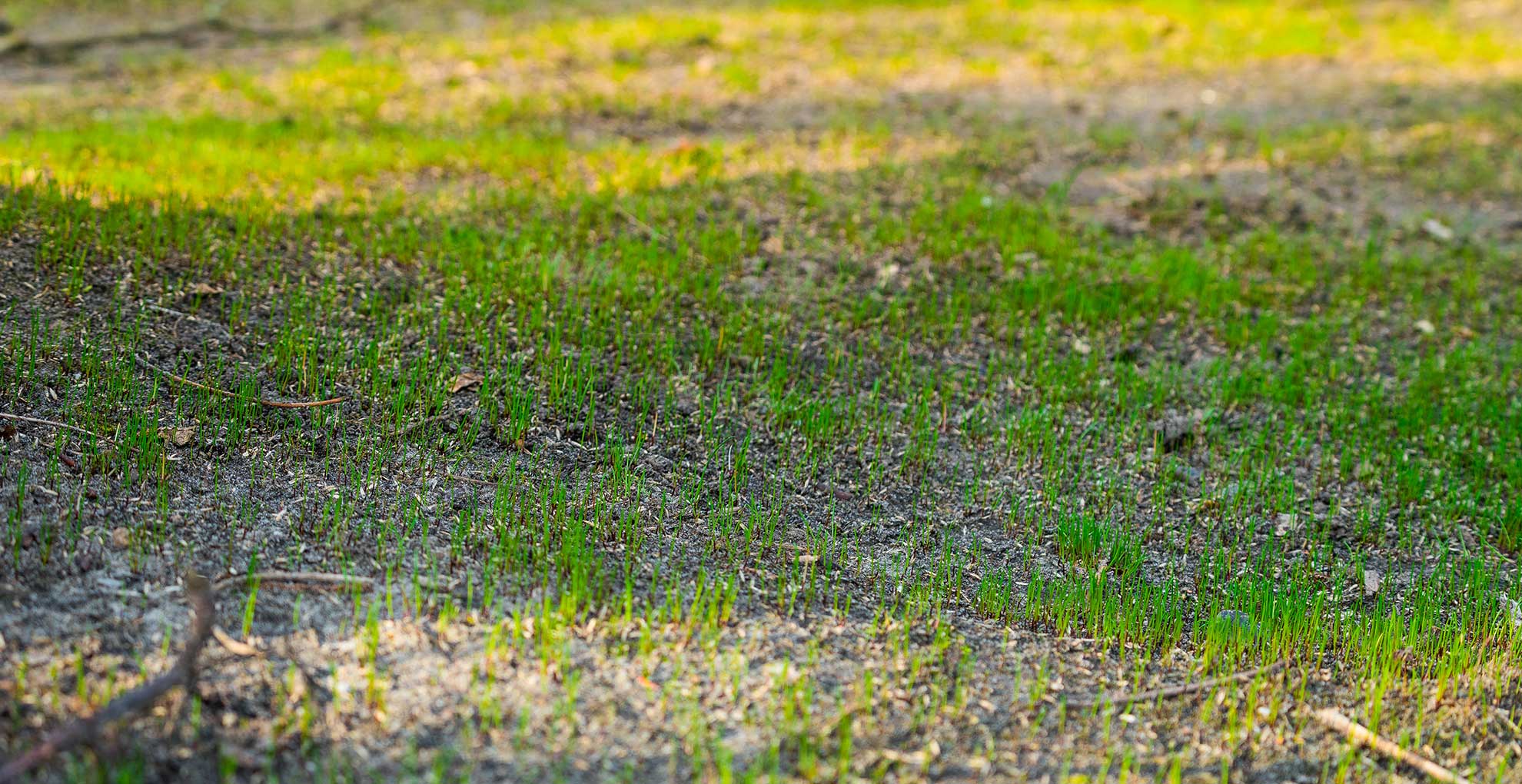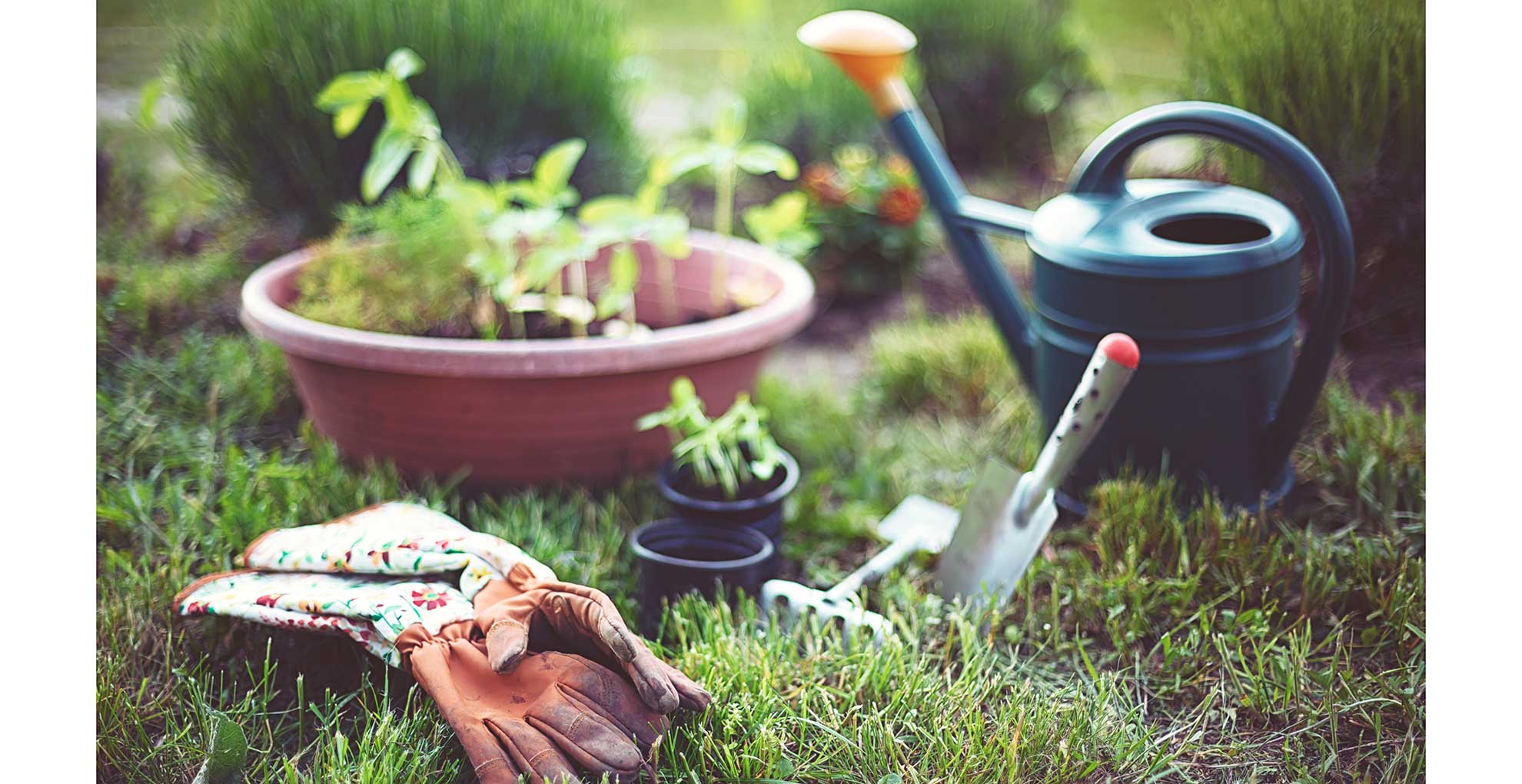The one job you should do now to ensure a perfect lawn for next year, according to a grass expert
Find out why now is the perfect time for sowing grass seed to ensure an impeccable lawn next spring


A lawn care expert reveals why now is the perfect time to sow grass seed to get a Wimbledon-worthy lawn next spring.
As the summer draws to an end, although it doesn't feel like it ever really got going this year, it's time to contemplate the essential lawn care jobs to do now to protect your grass from prolonged cold exposure and unforgiving rainfall that the winter months can bring.
And while there are a number of important jobs to tackle, including fertilizing your lawn and aerating your lawn, according to a leading horticultural expert there is one job in particular that is most beneficial to do now before temperatures begin to drop – sowing grass seed.
"Typically, in autumn, homeowners can begin their winddown of garden activities," says Chris McIlroy, grass expert at The Grass People. "But what many don’t realise is that September is the best time to head out to your garden and get some sowing done."
Expert opinion: Sowing grass seed in autumn
"You can sow grass seed when temperatures are 8-10 degrees and above, and in many places, throughout the UK we are still reaching these temperatures until mid-October," says Chris.
"Sowing in autumn means less work for you in spring, so you can kick back, relax and enjoy all that the coming summer has to offer."

What are the benefits of sowing grass seed in autumn?
The best times of year to sow grass seed are spring and autumn, but when you look at the benefits of sowing in September it's arguably more favourable to tackle the job in autumn.
Sign up to our free daily email for the latest royal and entertainment news, interesting opinion, expert advice on styling and beauty trends, and no-nonsense guides to the health and wellness questions you want answered.
Whether overseeding your lawn after a summer of wear and tear or starting from scratch and sowing a completely new lawn here are the benefits of sowing grass seed in autumn...
1. Climate conditions are perfect
While the muggy temperatures and sudden rain showers might not be ideal conditions for us to enjoy our gardens, they provide the perfect climate for nurturing new seedlings.
"For homeowners to get a perfect germination, the condition has to be just right,' Chris explains. "Grass seedlings need water, air and heat in order to grow, and during the month of September, there is a perfect combination of all three of those elements."
"The ground is still warm from the summer heat, meaning that your seedlings will have the right temperature to germinate and fully establish. There is an adequate amount of rainfall during September to keep them growing and not cause a washout. And the air in September is significantly cooler than that during summer."
2. Get ahead of next year's jobs
Tackling jobs now while it's still nice outside ensures you are one step ahead already for next spring.
"Overseeding or sowing a new lawn in September means that once it comes back round to springtime, you already have your lawn checked off the to-do list," says Chris. "After the winter, it might need a bit of attention and TLC (namely the first grass cut after winter), but apart from that, you will be one step ahead of your neighbours and ready for garden parties in no time."
"A September sow will also give your grass seedlings time to grow and become strong, leaving them more resilient to the following seasons' stress."
Being spring-ready frees up valuable time at the first sight of warmer spring temperatures to tend to your best garden plants, wash the garden furniture and clean the patio instead.

3. Save water supplies
When looking to make more sustainable gardening choices saving water is a must. Given how much you should water a lawn when growing from seed relying on Mother Nature to provide the water source is a much better solution.
"When you sow a lawn during late spring or summer, you run the risk of hot temperatures scorching your new seedlings," Chris explains. "During a summer sow, you will need to actively water your new lawn every day to ensure that it has enough water and doesn’t fall victim to the temperatures."
"During September, these temperatures have dropped and the risk of scorched seeds has reduced significantly." Plus the rainfall means you don't have to worry about the best time of day to water the lawn yourself.
4. Less weeds and pests
During the autumn you will have fewer problems to contend with in terms of weeds and garden pests – both of which hinder the welfare of your grass.
"Weed seedlings are more rampant in spring, so autumn-sown grass will have less competition as it establishes," explains Chris. You'll spend more time sowing and less time dealing with how to get rid of weeds and how to rid your lawn of moss.
Chris adds: "There is also a reduced risk of birds damaging seedbeds due to migration and the availability of other food during autumn and winter."
How late in autumn can I plant grass seed?
How late you can plant grass seed in autumn will depend on the weather conditions, because you have to ensure optimum conditions to give your seed the best chance of survival. Once temperatures drop below 8 degrees it's best to wait until the spring to plant grass seed.

Tamara is a highly experienced homes and interiors journalist with a career spanning over 22 years. Now the Lifestyle Editor of womanandhome.com, she previously spent 18 years working with the style teams at Country Homes & Interiors and Ideal Home. With these award-winning interior teams, she gained a wealth of knowledge and honed her skills and passion for styling and writing about every aspect of lifestyle and interiors.
A true homes and interiors expert, Tamara has been an ambassador for leading interior brands on multiple occasions, including appearing on Matalan’s The Show and presenting at top interior trend forecasting events such as the Autumn Fair and Spring Fair.